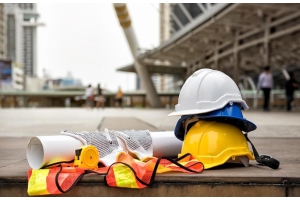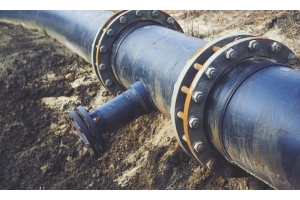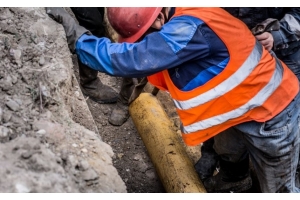What You Need to Select a PeteStop® Inflatable Line Stop System


The PeteStop® inflatable line stop systems are easy to install and remove while allowing you to insert pipe plugs under difficult conditions. It is perfect for situations where:
- the pipe is out-of-round or contains debris
- you have to block a pipeline without depressurizing it
- you have a limited budget
- a mechanical seal would put too much pressure on the pipe wall
- you need a smaller tap hole
- the job needs to be done as quick as possible
- you have limited space to do the line stop
Petersen Products® has multiple variations of the PeteStop® inflatable pipe plug system available depending on your job requirements. Review our guidelines below to determine the best one for your project.
Know the key numbers
All you need are a few key measurements to determine which PeteStop® line stop system meets your job requirements. If you have additional conditions outside of the measurements (i.e. debris build up on pipe walls, type of product in pipeline, etc.) or are unsure where or how to find any of these numbers, then please contact our team, and we will help you out.
- Pipeline head pressure – Pipeline head pressure is the height difference between where the contents of the pipe start and where the discharge point is. This value is multiplied by the density of the product in the pipeline (e.g. fresh water has a density of 0.433 PSI). Temperature can also impact the density of the product.
- Pipe diameter – If you don’t know your pipe’s OD then you can calculate your pipeline diameter by measuring the circumference of the pipe using a flexible measuring tape and dividing that number by pi (3.14159).
- Pipe wall thickness or pipe schedule – Pipe wall thickness or pipe schedule is going to vary depending on the material your pipe is constructed of. Visit our Pipe Specifications page for more details about your pipe schedule.
Consider what’s in the pipeline
What’s inside your pipe plays a large role in determining what type of inflatable pipe plug you need for the job. Some materials are more compatible than others with certain chemicals or temperatures. For example, ballistic nylon outer ply is great for oil and grease, whereas Kevlar is better suited for bases and acids. There are also a variety of coatings that help your inflatable pipe plug handle a range of different chemicals, from hydrocarbons, fluorine, and gasoline, to acids, alcohols, solvents, and more. Understanding what’s inside your pipe is necessary to know which outer ply and coating your inflatable pipe plug requires.
Other factors to think about
Once you calculate all your key measurements and understand what your line stop will be blocking, the next steps are to figure out the location where the pipe plug will be placed, determine how large of a hot tap hole is possible, and think about the specific job you’re completing. We have options for hot tap holes of various sizes, double block and bleed inflatable pipe plugs that help isolate hazardous materials, and options for high and low pressure situations.
How to choose the right PeteStop® inflatable pipe plug system
Determining which line stop system is best for your application involves many factors and precise calculations. To make it easier for you, we have an Inflatable Line Stop (ILS) System Configurator tool on our website. All you do is enter the information you gathered earlier in this article, and it will help you determine which PeteStop® option is right for your particular situation.
Click here to use our Configurator tool.
The Petersen team is also always available to help you choose the correct system! If you have any questions about our PeteStop® inflatable pipe plug systems, please contact us.






